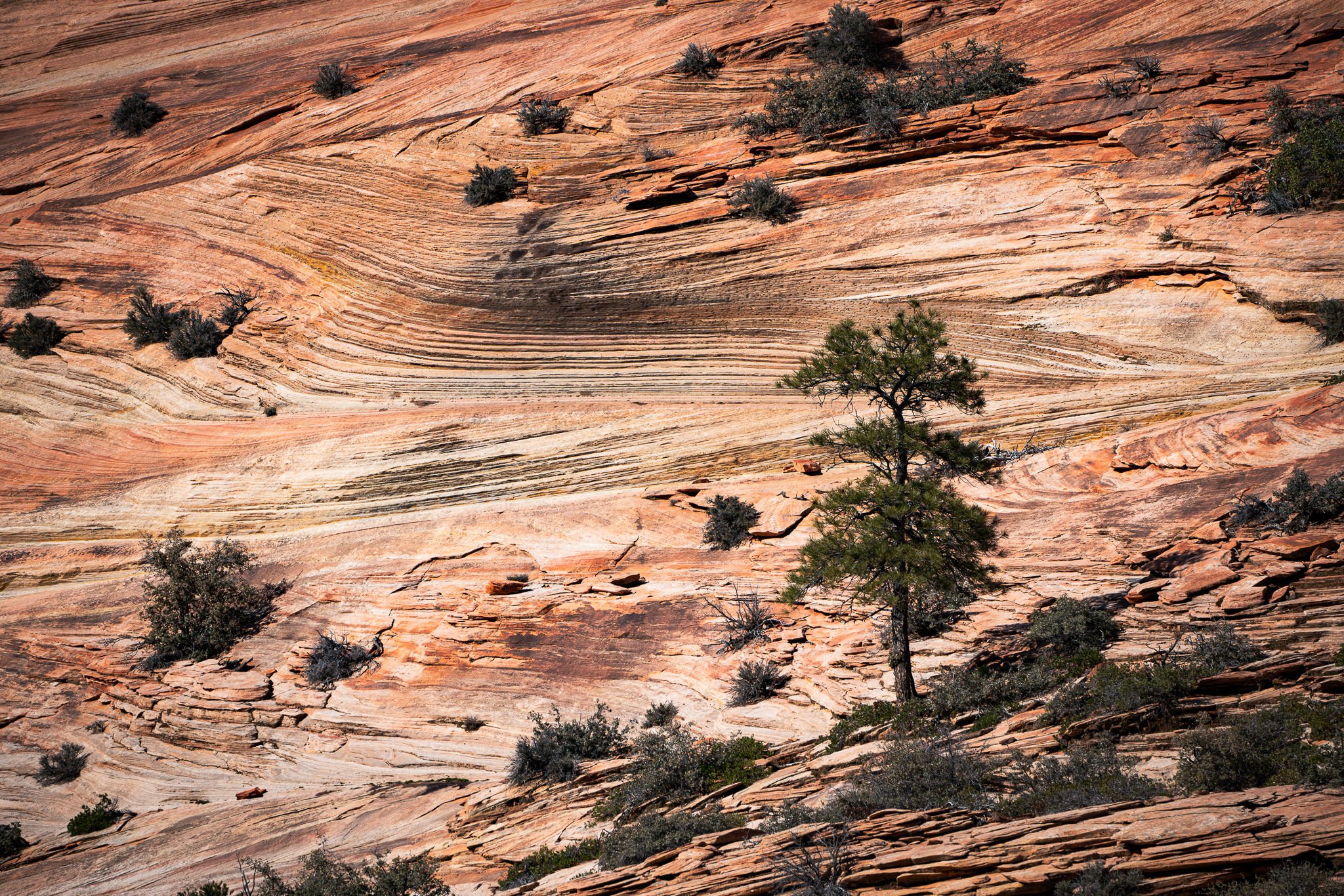Not every photo can be salvaged by editing. Save yourself headaches and recognize when a photo isn't going to work... and move on to one that will.
Read MoreIn landscape photography, the use of contrast is a powerful tool to enhance visual interest and convey a sense of depth. There are 3 essential types of contrast you need to consider for creating visually striking landscape photos.
Read MoreCan’t get out with your camera? That’s a great time to browse your backlog of images. You might be surprised what treasures you find.
Read MoreLandscape photos are characterized by high dynamic range scenes and it means balancing the exposure in post-processing. Try using a curves adjustment for this.
Read MoreLandscape photographers love wide angle lenses - I’m no exception! Yet there are many strong photos to be found at longer focal lengths.
Read MoreYes! You can create a composite image using handheld photos. All you need layering software with an auto-align feature.
Read MoreEmbrace overcast skies and lean into the blue/gray tones they create. A pale blue look yields a calm, inviting look for your images.
Read MoreA half-vignette is a powerful finishing touch for landscape photos. And they are very easy to create.
Read MoreGot a color cast that is red/cyan, green/magenta, or blue/yellow? Reach for a curves adjustment to correct it. It’s fast and you have loads of control.
Read MoreAvailable in many photo editing programs, crop overlays help you improve the composition of your photo. I have a few favorites.
Read MoreA Curve tool is a tried and true editing tool for a reason - you can control tonal adjustments very precisely. The trick? Using the eyedropper to set points on the curve.
Read MoreNature is glorious, beautiful, wondrous… and sometimes a bit messy. Retouch with purpose and improve the story in your photo.
Read More










